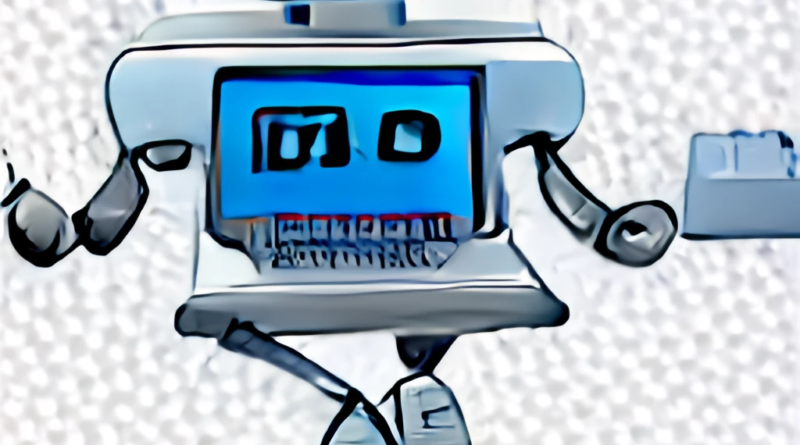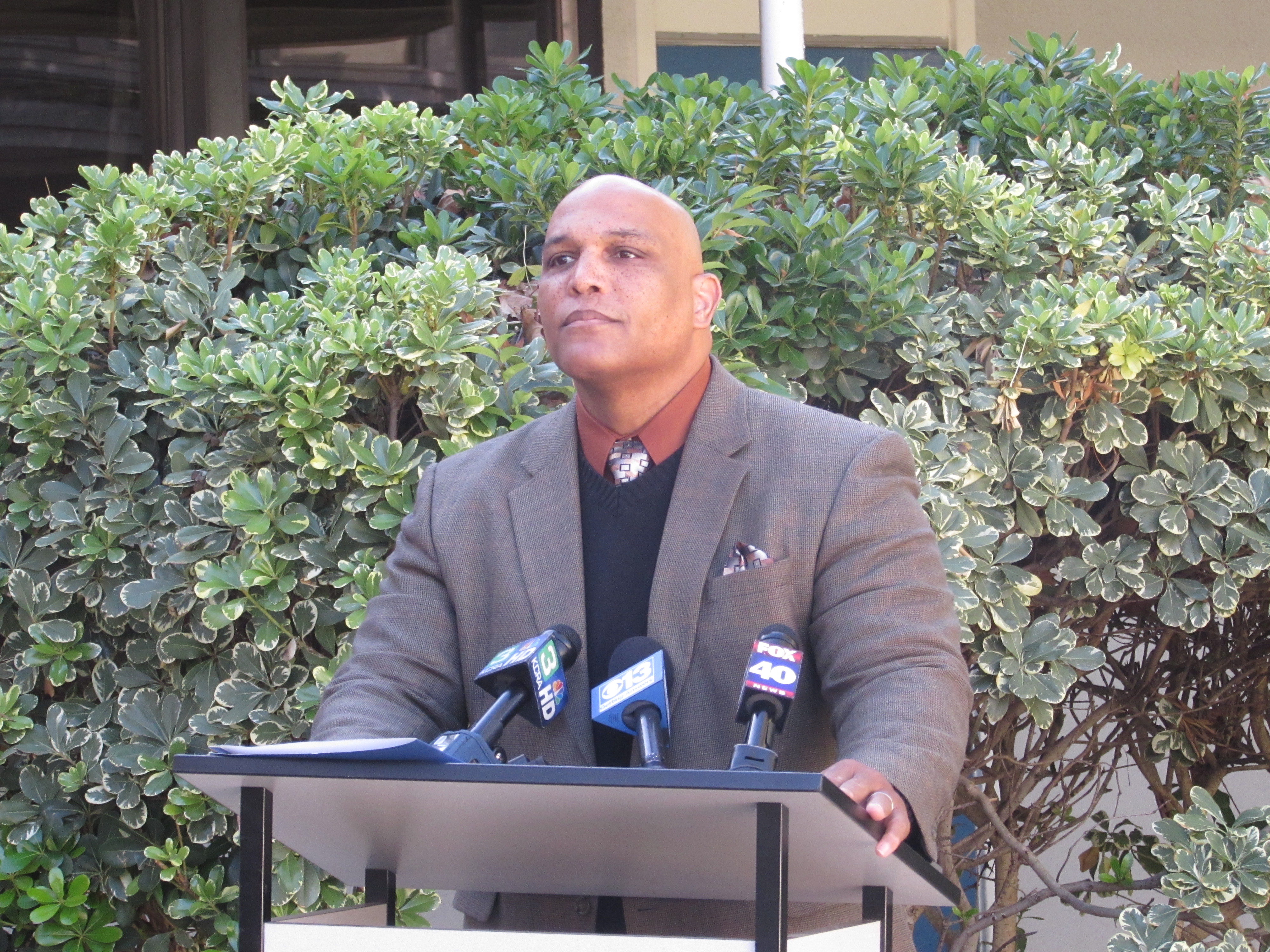Artificial intelligence is a mixed bag
PHOTO: AI art generators are becoming increasingly common, just like AI essay bots. This is art an AI art generator produced when given the prompt “robot typer.” (Photo Credit/DeepAI.org)
By Ben Mitchell
BlueDevilHUB.com Staff––
OpenAI has released ChatGPT, a state-of-the-art language model, to the public, giving users access to a powerful tool for natural language processing tasks. The model, which has been trained on a massive dataset of text, can be used for a wide range of applications, from language translation to text completion and more. With the release of ChatGPT, OpenAI is making cutting-edge AI technology accessible to developers and researchers around the world.
If you thought that the words you just read were written by a person, then you would be mistaken. The above paragraph was not written or spoken by any human being, living or dead. It was written by a machine learning program called ChatGPT in response to a very simple prompt.
ChatGPT is the latest development from OpenAI, a company that develops artificial intelligence software, such as ChatGPT, as well as DALL-E, a program that can create images from user-generated prompts.
ChatGPT, while unprecedentedly innovative, has been met with a mixed response, as many have considered the inherent problems that such a sophisticated model may pose.
It doesn’t take long to realize the negative impact that putting a program like this into the wild presents, particularly in the classroom.
“My main concern is that students are not going to carefully use these tools. They won’t refine their searches, edit the outcome, fact check or cite properly. They’ll just copy, paste and submit. The resulting grades on the assignments will be worse than if they did minimal effort with no outside help,” Woodland Community Collefe English professor Noel Bruening said.
Bruening wants to integrate ChatGPT into her classes in the coming year; she hopes that by giving them a complete look at ChatGPT’s capabilities, it will discourage her students from abusing the software.
“My English 1A classes will start out by reading and responding to some articles on ChatGPT and AI. I want my students to see the benefits of the tool: it’s good for idea generation. And I want them to see the drawbacks too: ChatGPT is not accurate. It gets dates, places, names, etc wrong.”
Davis High English teacher Shenandoah Kehoe thinks there’s a number of ways that teachers can address ChatGPT’s potential for plagiarism.
“For my class, I already do a lot of handwritten writing because it’s actually proven that it’s better for your brain and your comprehension. I think you’ll see more handwritten activities or assignments,” said Kehoe. “There is a reverse ChatGPT tool, where you can copy and paste something that you think might have been used for ChatGPT and put it in there … Google Docs has a great extension called Draftback that counts keystrokes and it will play in real time what it looked like when you were writing your Google doc.”
Kehoe also wants to address the root of the problem behind plagiarism. “We need to address stress. Why did you feel so worn out and like you don’t have enough time that you wanted to go plagiarize? Or are the assignments not interesting enough…? If we’re creating really good assessments and really good conversations and discussions and giving students an opportunity to write about what they want to write about, then I think you eliminate the need for plagiarism in general,” Kehoe said.



